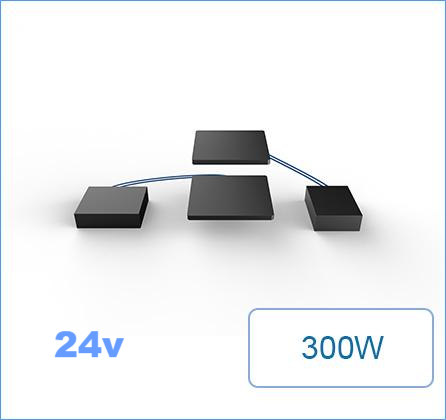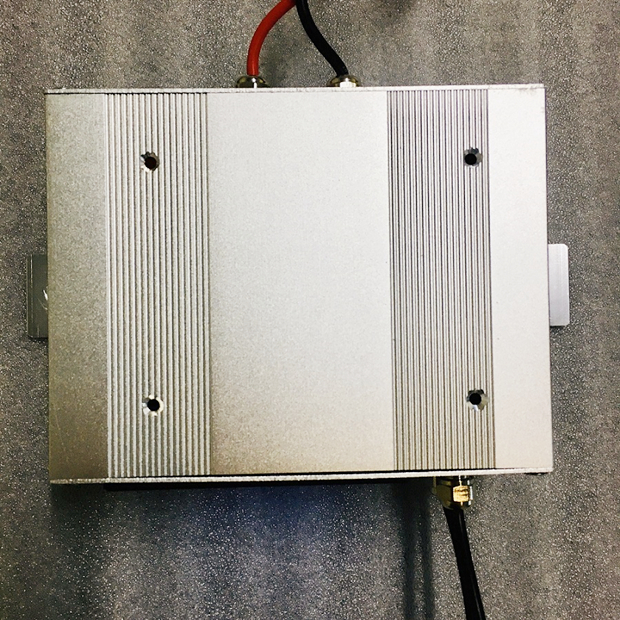In an era marked by rapid technological advancements, few innovations have captivated the world quite like wireless charging. The concept of transmitting power without the need for physical connections has revolutionized the way we interact with our devices, offering newfound convenience and paving the way for a wire-free future. This article explores the captivating journey of the development of wireless chargers, from its humble beginnings to the sophisticated systems we enjoy today.
The Early Days:The roots of wireless charger can be traced back to the late 19th century when Nikola Tesla pioneered the concept of transmitting electricity wirelessly through his work on alternating current (AC) power systems. Tesla's experiments with resonant inductive coupling laid the foundation for wireless power transfer, envisioning a world where electricity could flow through the air to power devices. However, it wasn't until the 21st century that these ideas began to take practical shape.
Inductive Charging Emerges:The modern era of wireless charging began with the introduction of inductive charging. In 2008, the Wireless Power Consortium (WPC) established the Qi standard, which utilized electromagnetic fields to transfer energy between a charging pad and a device. Inductive charging involved placing a device on a charging pad or stand, allowing energy to be transferred through coils within both the charger and the device. While the technology was a significant leap forward, it still required physical contact and precise alignment.

Resonant Charging and Spatial Freedom:The limitations of inductive charging led to further innovation in the form of resonant charging. Resonant wireless charging allowed for a greater degree of spatial freedom, meaning devices could be charged when placed near the charging source rather than being perfectly aligned. This development was a game-changer, making the charging process more convenient and user-friendly.
Integration into Consumer Devices:As the technology matured, major smartphone manufacturers began integrating wireless charging capabilities into their flagship devices. This move further popularized the concept, making it more accessible to the masses. Companies like Apple, Samsung, and Google embraced wireless charging, creating a demand for compatible charging accessories and driving the development of more efficient and versatile wireless charging solutions.

Advancements in Efficiency and Power Delivery:Over the years, researchers and engineers focused on improving the efficiency and power delivery of wireless chargers. Technologies like "beamforming" and "multi-coil arrays" emerged, enhancing the ability to transmit power over greater distances and through obstacles. These advancements contributed to the growth of wireless charging beyond smartphones, enabling applications in electric vehicles (EVs) and medical devices.
Wireless Charging Ecosystem and Standards:The establishment of universal standards, such as Qi, played a pivotal role in shaping the wireless charging ecosystem. Standardization ensured compatibility across a wide range of devices and brands, promoting the widespread adoption of wireless charging technology. This standardization also fueled the development of a diverse array of wireless charging accessories, including charging pads, stands, and even furniture with integrated charging capabilities.
Future Prospects and Challenges:The development of wireless charging continues to evolve, with ongoing research and development aimed at pushing the boundaries of efficiency, range, and integration. As electric vehicles become more prevalent, wireless charging is poised to play a significant role in transforming the way we power our transportation. However, challenges such as energy loss over longer distances and the need for more advanced infrastructure remain areas of focus for researchers and engineers.
Conclusion: The journey of wireless charger development has been one of perseverance, innovation, and transformative thinking. From its origins in the visionary concepts of Nikola Tesla to its modern applications in our daily lives, wireless charging has come a long way. As the technology continues to advance, we can expect to see even greater integration, convenience, and sustainability, ultimately reshaping the way we power our devices and contributing to a more connected and wire-free world.
Next:The Advantages of Wireless Chargers
Previous:the Advantages and Limitations of Forklift Charger
Contact Person: Miss. Kiki
| WhatsApp : | +8617763224709 |
|---|---|
| Skype : | +8617763224709 |
| WeChat : | +8617763224709 |
| Email : | kiki@lifepo4-battery.com |